Six iconic maps of Cumbria
William D. Shannon's new book, 'Cumbria – 1,000 years of maps', features more than 100 charts, surveys and maps from ten centuries of cartography. Here he picks six of his favourites.
Christopher Saxton: Westmorlandiae & Cumberlandiae, 1576
The first mention of Cumbria – Camri – appears on maps in AD1050. But the first person to put the county of Cumbria on the kind of map we recognise today was the remarkable Yorkshireman Christopher Saxton (c.1540–c.1610).
There were printed maps before Saxton. But they were of the whole country – not the county – and they weren’t much good, offering little in the way of local, or indeed regional, detail. There were also a number of decent county maps before Saxton, but they were hand-made one-offs, strictly reserved for government officials.
Saxton’s revolutionary printed maps – in this case of the counties of Westmorlandiae & Cumberlandiae – were the first county maps to find a mass market. Printed using engraved copper plates, they were typically hand-coloured before being framed for display on a buyer’s library, parlour or hall. With 440 places named in the two counties, many for the first time on a map, there was a good chance the owner’s village – or indeed home – might be included.
The project to map every county of Britain was the initiative of William Cecil, Lord Burghley, who had worked for Queen Elizabeth I since the start of her reign. With the title Lord High Treasurer from 1572, he was effectively her Prime Minister.
Burghley had a long-harboured interest in mapping, which he saw as important for both external defence purposes and internal administration. The county maps he commissioned needed to feature a wealth of information about the inner workings of the country, such as where market towns were for the purposes of reading proclamations, and where the leading gentry and nobles lived – both those who might take on roles in defence should it be required, and those whose loyalties were suspect; note the map’s emphasis on gentry ‘parks’ surrounded by palings.
Burghley got his long-time colleague and friend, Thomas Seckford, to organise the survey. Seckford, in turn, called on Christopher Saxton, then aged around 32 from Dunningley near Leeds, to undertake the groundwork. Saxton worked at incredible speed, spending just a few weeks in each county. In 1576, he surveyed Cornwall, moving into eastern England and the Midlands before heading north to Durham, Northumberland and finally Cumbria.
On a hill near Penreth – on the far right of the map above – note the pillar next to Carleton, which hints at how Saxton approached his surveys. Specifically, he visited elevated sites with local dignitaries and asked them to point out key locations and tell him how far away they were. Beacon Hill in Penrith was perfect for the task, with far-reaching views towards Stainmore and Ingleborough in the south, High Street and Skiddaw west, and the Cheviots north-east.
The whole of the counties of Cumberland and Westmorland were covered in this way, with Saxton proceeding along each major valley, sketching as he went. Returning to London, he worked these sketches into detailed maps, which were then sent to be engraved in the winter of ’76.
How best to depict relief challenged map-makers for generations. It was hundreds of years later that relief shading was developed – and dozens after that before contours were imported from France – so Saxton used a quaint system of showing mountains as giant ‘mole-hills’, with no attempt at realism. A few of these are named, such as Heluillon hill (Helvellyn) and Skiddow hill. However, the real focus of Saxton’s maps was places – most appearing for the first time on any map, and each identified by a little house, church or group of buildings.
That Saxton’s maps were good was never in doubt.
In many ways they were too good, with copies from the plates still being issued, with minor changes, well into the 18th century. For 200 years map-makers simply copied, and occasionally tweaked, Saxton’s originals, reissuing them and passing them off as ‘new’. The world would have to wait until 1770 before a genuinely new survey of Westmorland was carried out.
Michael Drayton: Poly-Olbion: Westmerland and Cumberland, the Thirtieth Song, 1622
If I had to pick a favourite of the 100 charts, surveys and maps in Cumbria – 1,000 years of maps, I would probably pick this one. I have a framed original on my wall, and have spent many happy hours admiring it. There’s always something new to see, and no map-maker before or since has captured Cumbria’s pre-historic landscape with such character.
By the time Michael Drayton had this map made, nearly 50 years had passed since Saxton introduced the map-buying public to the broad shape of Westmerland and Cumberland and the relationship between the counties’ rivers, mountains and towns. It was also nearly 40 years since William Camden’s game-changing Britannia first appeared, telling the antiquarian story of the two counties. The stage was therefore set for Drayton to bring mapping and story-telling together, conjuring a semi-mythical land inhabited by nymphs, huntresses and other personifications of rivers, towns and forests.
Poet and playwright Drayton (1563–1631) rose from humble beginnings to become one of the great scribes of his age, rubbing social shoulders with the likes of Ben Jonson and possibly even Shakespeare – indeed it is rumoured that the Bard died after a drinking bout with Jonson and Drayton.
In a writing career characterised by numerous – and voluminous – publications, the work for which Warwickshire-born Drayton is now best known, and which dominated his life between 1598 and 1622, is the remarkable Poly-Olbion, a near 15,000 line-long topographical poem that tours, county by county, the landscape, history, traditions and customs of early modern England and Wales through the voices of its rivers and mountains.
The scope of the Poly-Olbion (the title translates from the Greek ‘many blessings’, with a pun on the old name of Albion, the island of Britain) is outlined in its subtitle: “A chorographicall description of tracts, rivers, mountaines, forests, and other parts of this renowned Isle of Great Britaine, with intermixture of the most remarquable stories, antiquities, wonders, rarityes, pleasures, and commodities of the same: digested in a poem.”
The Poly-Olbion is split into ‘songs’ – lengthy ‘verse chapters’, each covering between one and three counties, the first 18 of which were published in 1612 – and the book is illustrated with maps engraved by William Hole, the leading English engraver of his day, famous in particular for the maps he made for the 1607 edition of Britannia. With the inital part of Poly-Olbion in print, Drayton dedicated the next decade to writing a further 12 songs, the last of which – the 30th – covers Westmorland and Cumberland.
Hole’s maps, Drayton informs readers in the preface, “show every Mountaine, Forrest, River, and Valley; expressing in their sundry postures; their loves, delights, and naturall situations”. These are not maps in the style of Saxton, aimed – if imperfectly – at cartographic accuracy. Instead, Hole uses broad-stroke detail for the topography of the land, investing his energies in anthropomorphising a lost landscape of myth, legend and antiquity.
Hole associates every river with a nymph, and the chief towns of Carlell, Cockemouth, Egremont, Appleby and Kandale are portrayed as elegant ladies, each wearing a mural crown. Some mountains, like Skiddow Hill, have men perched upon them, while other hills and forests are personified by bow- and spear-bearing huntresses. Meanwhile each river has its own naked nymph, some of whom are seen in the act of creating the river by pouring it from a jug.
Hole used his maps to illustrate stories lifted from Camden, such as the tale of the residents of the area between Levens and Beetham, who used waterfalls on the Kent to forecast the weather; when they could hear the northern one, they expected fair weather; when they heard the southern one, they would anticipate “showers of raine and foggy mists”.
George Smith: A Map of the Country Adjacent to Carlisle, 1746
In early November 1745, the people of Carlisle knew – from rumours and letters arriving from Scotland – that a rebel Jacobite army perhaps 5,000 strong was heading south from Scotland en route to London, intent on seizing the Crown for James Stuart, the father of Bonnie Prince Charlie.
But where would troops cross the border? And would they bypass Carlisle as previous rebels had done during the First Jacobite Rebellion of 1715?
In a May 1746 account published in The Gentleman’s Magazine prolific letter-writer George Smith informed readers that townsfolk initially thought the troops would head for Brampton. Instead, the main part of the army – led by Bonnie Prince Charlie himself – swung west for Longtown, crossing the sands of Solway near Gretna then skirting around Rockcliffe Marsh and diverging to ford the Eden in four places. All of these crossings are depicted – as ‘Rebels Ford’ – on Smith’s illustrative map, above, which accompanied his account.
On Friday 8 November the Jacobite army approached Carlisle from the south and west, while another group of rebels, led by the Duke of Perth, moved in from the north to Stanwix. By 10 November, the town was surrounded, and with the castle only defended by around 80 elderly veterans, on 14 November the castle was surrendered with barely a shot fired.
I love an inspired, self-taught amateur, who, faced with the lack of an adequate resource, gets out there and does-it-himself. One such was ‘George Smith of Wigton’ (c.1700-1755), school-teacher, antiquary, topographer and map-maker. He moved to Cumberland from Yorkshire between 1738 and 1740, first to Boothby, near Brampton, then in 1746 to Unthank Hall, south of Carlisle, before relocating to Wigton.
Between 1735 and 1756, The Gentleman’s Magazine published some 65 contributions from Smith on matters topographical, astronomical, antiquarian and meteorological; the exact number is difficult to determine because he frequently sent in unsigned or pseudonymous contributions.
Smith was clearly concerned that available maps of the north country were still based on the long-out-of-date survey work conducted by Saxton some 175 years before. So in the early 1740s he set out to do something about it, and a manuscript in the King George III Topographical Collection in the British Library entitled A New Map of Cumberland corrected from local observations especially in the north parts, by G. Smith shows his first attempts at map-making.
These early efforts were never published, but a few years later Smith was engaged in surveying the lands around Carlisle when he found himself caught up in the events of the Jacobite Rebellion.
We know from Smith’s account that when the Duke of Cumberland arrived on 21 December at the head of the Hanoverian army – intent on recapturing Carlisle from the rebels – an early draft of this map was already in existence. Smith tells us he “sent his royal highness a plan of the city and castle of Carlisle… with my humble opinion where the batteries might be commodiously rais’d, to distress the town least, and the enemy most, by firing on the west curtain… which was accordingly approv’d off, and put in execution”.
Cumberland went on to lay siege to the town, which was now defended by a rebel regiment from Manchester. The Jacobite garrison surrendered after seven days, and the colonel commanding the Manchester troops – Francis Towneley from Lancashire – was duly executed for treason.
Smith proceeded to prepare his draft map for publication showing the route of the rebels and the location of ‘The Duke’s Batteries’ – middle bottom of the inset map above. At the same time he amended his sketch to show damage inflicted by cannon, the castle walls breached in two places (marked ‘4’ and ‘6’) – damage which can, incidentally, still be seen from the car park in Devonshire Walk today. As such the map can be seen not only as a fine – and detailed – piece of cartography in its own right, but also as an important moment in history captured in map form.
Thomas West: A Map of the Liberty of Furness in the County of Lancaster, 1774
Father Thomas West didn’t make any maps himself, but he near-single-handedly invented the sort of informed tourism that was unthinkable without a map in one’s hand.
Little is known about the Jesuit priest’s background other than that he was born in Inverness and West was not his family name. It is not even known if he was brought up Catholic, but in 1749 – then in his late 20s – he began divinity studies at the English Jesuit College in St Omer, France. He pursued historical interests while studying for the priesthood, becoming a Fellow of the Society of Antiquaries in 1752 five years before being ordained. In 1765 he was appointed as a priest to Dalton where he became well acquainted with the local gentry, especially Lord George Cavendish of Holker Hall and the Catholic Strickland family of Sizergh Hall, with whom he moved in towards the end of his life.
To fill his days, West undertook a detailed study of Furness Abbey, published in 1774 as The Antiquities of Furness. The book included the above map of the whole of Furness at a scale of ten miles in 5½ inches. The text on the map tells us it was originally made in 1745 by one William Brasier, who had worked as a surveyor for the Duke of Montagu. How West got hold of Brasier’s original map is not known, however West’s hands-on involvement with it can be seen in a proof copy now held in Lancashire Archives showing dozens of pencilled annotations by West of details he wanted adding to the map – including his own home, Tytup Hall (it still stands, near Safari Zoo Cumbria).
The map’s extent is defined by the borders of each of the manors that make up what West titles the ‘Liberty of Furness’, divided into two districts: Furness Fells and Plain Furness. It shows settlements, hills, woodland (added by West at proof stage) and two lakes: Winander Mere and Thurston Water (known today as Coniston Water).
An extensive network of roads is depicted, including the ‘Way over the Sands’ – the cross-bay route setting out from south of Hest Hall over Lancaster Sands to Carters House (over-sands guides were known as ‘carters’, and the lane from the coast towards Allithwaite is still called Carter Road), then through Alithwait and Fluckborrow and on out across Leven Sands to a second Carters House. A selection of other roads, especially in Plain Furness – the district most familiar to West – were added by him at proof stage.
The most interesting feature, however, is the first ever named appearance on any map of Morecambe Bay. All previous maps identified the Bay as Lancaster Sands, Kent Sands or Leven Sands.
So why did West choose Morecambe?
The story stretches back nearly 2,000 years to the Greek astronomer Claudius Ptolemy, who in c.AD150 set out to provide instructions for making a world map, giving grid references for some 8,000 places across the whole of the then-known world. In his list of locations around the west coast of Britain he named Morikambe eischusis between Ituna eischusis to the north and Setantion limen to the south.
The word eischusis is not common in Greek; in all of Ptolemy’s 8,000 place names it occurs just 15 times, and 14 of those are in Britain. Literally, it means ‘flooding in’, and is usually translated as ‘tidal flats’. The Morikambe element, meanwhile, derives from the Brythonic words mori meaning ‘sea’ and cambo ‘curved’; hence Morecambe Bay is ‘a curve of the sea with tidal flats’.
William Yates: The County Palatine of Lancaster, 1788
I have long had a particular interest in William Yates, firstly because he – like me – came from West Derby, Liverpool, secondly because his County Palatine of Lancaster features an incredible amount of detail, and thirdly because his map was unlike anything that had been made before – a truly scientific survey of the county.
Yates was born in around 1740, probably at West Derby near Liverpool. Little is known about his early life and education, but by his mid-20s he appears to have been working alongside artist and engraver John Chapman as an assistant to Essex-born cartographer Peter Burdett.
In 1768, Burdett published a prospectus advertising a county map of Lancashire, and began collecting subscriptions to fund it. Yates was by this time not only surveying Staffordshire, but was also employed as an officer at the Liverpool Custom House, collecting dues on imported goods arriving at the docks. Splitting his time between jobs, Yates’ fortunes changed forever when Burdett’s Lancashire venture ran into financial woes. In 1774, deep in debt, the draughtsman fled Britain – and his wife – for the Grand Duchy of Baden.
With Burdett out of the picture, the following year Yates and Chapman reunited and announced their own plans for a Lancashire map. Mindful of those who had lost subs money to Burdett, Yates and Chapman stressed in their prospectus that, as they had “no intention of pocketing a subscription without fulfilling the compact, no money will be required till the map is delivered”.
By 1779, it is likely that the survey was complete, but for various reasons – Yates was busier than ever with customs duties, and Chapman died in 1779 – the finished map did not reach engraver Thomas Billinge until 1786. Printed copies, meanwhile, do not seem to have been issued to subscribers until early in 1788.
The finished map was published in eight sheets, each measuring 20 x 26 inches (50 x 65cm), which could be assembled together to make a wall-map more than two metres high. As the extract above shows, the detail is unprecedented. The map distinguishes between various types of towns, churches and roads. It records mills, mines and quarries, as well as the first of Lancashire’s canals. Most of all, it paints a picture of a lost landscape; the great map historian Brian Harley, for example, used the map to calculate that in Yates’ day there were 34,500 acres of moss in Lancashire –
more than seven times the amount left today.
Yates’ scientific approach to his survey is detailed in an engraving on the right of the map, inset below. Both a “Theodolite and Perambulator” were, he tells us, used to record distances, but first two base lines were laid out – one of six miles and the other of ten – “carefully measured on the Sea Beach”. Yates does not tell us exactly which beach this was, but some academics have suggested lines were laid along the shore from Formby to North Meols (ten miles) and Formby to Bootle, near Liverpool (six miles).
Using those base lines, Yates built up a network of 31 triangulation ‘stations’ – including, in the far north, ‘Old Man’ (of Coniston), ‘Mount Barnet’ – Mount Barnard, near Cartmel – and, just over the border, ‘Ingleborough Hill’, from which he took bearings to give the detailed positions he needed to fill his map. As a result, for the first time the true shape of the county was shown. Yates also measured Lancaster’s latitude and longitude west from London more accurately than ever before.
In 1759 the Society for the Encouragement of Arts, Manufactures and Commerce (founded in a Covent Garden coffee house in 1754 to carry out ‘initiatives for the public good’ – the Society still exists today) announced a prize for any new county map accurately surveyed using trigonometry with correct latitudes and longitudes, published at the scale of one mile to the inch.
Unlike rival efforts for Cumberland and Westmorland, Yates’ scientifically-surveyed map was not only awarded the Society of Arts prize, it was also awarded the Society’s Gold Medal – one of only four county maps to be so honoured.
Ordnance Survey One Inch Popular Edition, Keswick & Ambleside, 1925
In 1909, after more than 100 years of existence, the Ordnance Survey (OS) issued a circular announcing the agency’s entry into the leisure age: “The 1-inch map,” it read, “is essentially a touring, cycling and small scale Manoeuvre Map and the primary object is that the average man should be able to find his way about in unfamiliar country with ease.”
So began an era in which I, and many others, would not dream of venturing out – whether by foot, cycle or motor – without a trusty one-inch map.
By the early 1900s, OS bosses were aware that despite making the best maps in the business, it was missing a trick. Custom was largely restricted to the War Office and other government departments, allowing commercial rivals – not least Bartholomew’s of Edinburgh – to mop up mass-market map sales.
What’s more, those rivals were frequently exploiting both OS survey data and its trusted brand name. So it was that in 1912 work began on a more commercial kind of map, primarily aimed at the motorist, that would not only launch the OS into the map-buying mainstream, but also lay down the cartographic blueprint for today’s 1:50,000 title. This ‘1-inch’ map was the aptly named ‘Popular Edition’.
One-inch maps – at the 1:63,360 scale – were nothing new for the Survey; its first ‘Old Series’ map, issued in 1801, covered Kent, and by 1874 the whole country had been covered. The subsequent ‘New Series’ – also at the one-inch scale – first appeared in 1872, this time with contour lines.
Production of the commercially driven ‘Popular Edition’ was waylaid by the First World War; many OS surveyors were deployed to the Western Front, while back in Southampton staff churned out more than one million maps for the army.
When the action ended – and with ever-greater numbers of a war-weary population seeking leisure in the Great British countryside – the OS doubled down on its commercial ambitions and appointed graphic designer Ellis Martin (1881–1977) as the Survey’s first full-time artist. The former sapper and Royal Tank Regiment field-artist’s brief was clear: to design attractive map covers and related advertising materials that would wrestle market share back to the OS.
When the first sheets of the Popular Edition began to appear in the shops later in 1919, they sported a cover showing an iconic image of a pipe-smoking man, sitting next to his bicycle, dressed in the quintessentially English middle-class gentleman’s leisure outfit of Norfolk Jacket and Plus Fours, and reading his unfolded map, whilst looking out over a wooded, hilly, landscape.
The Popular Edition maps used colour for contours, roads, rivers, lakes and woodland. Colour had been used by the OS before; some early large-scale maps had features such as rivers hand-coloured, while printed colour sheets were made for some of the New Series. But the Popular Edition was the first to use colour extensively, clearly designed to increase the appeal of the maps for a non-specialist audience.
Emphasising its utility for motorists and cyclists, the Popular Edition introduced an elaborate classification system for roads – insert below (at this date the national classification of roads, which evolved into the system still in use today, with A and B roads, had not yet been introduced). Why 14 foot of metalling was chosen as the standard, and precisely what criteria was used to distinguish the 11 different categories, was never made clear.
I still remember happy times looking at the old Popular Edition with my father, noting the difference between a church with a tower and one with a spire; it was somewhere back then that my interest in maps - how they were made, who made them, and why – became a lifelong passion.





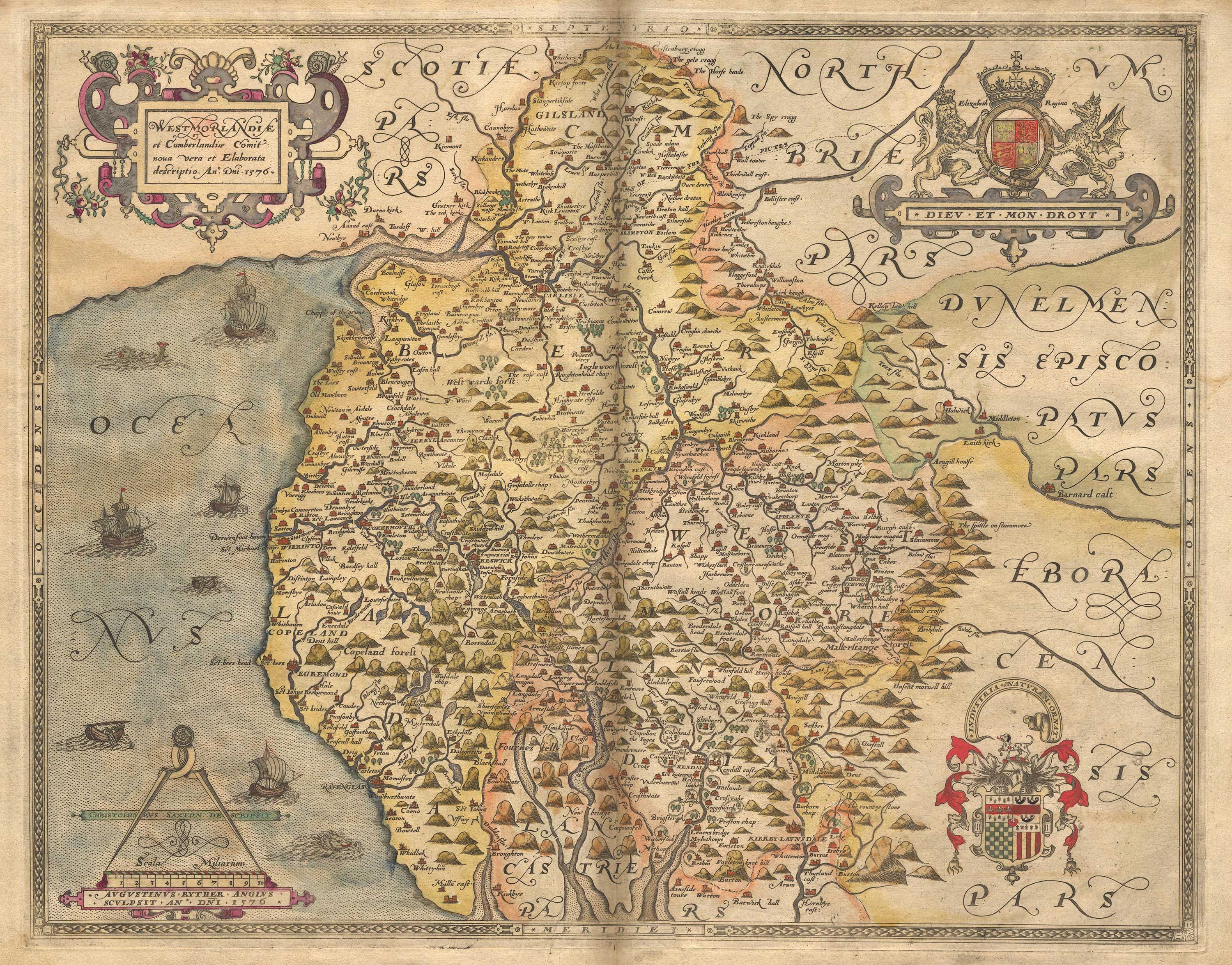
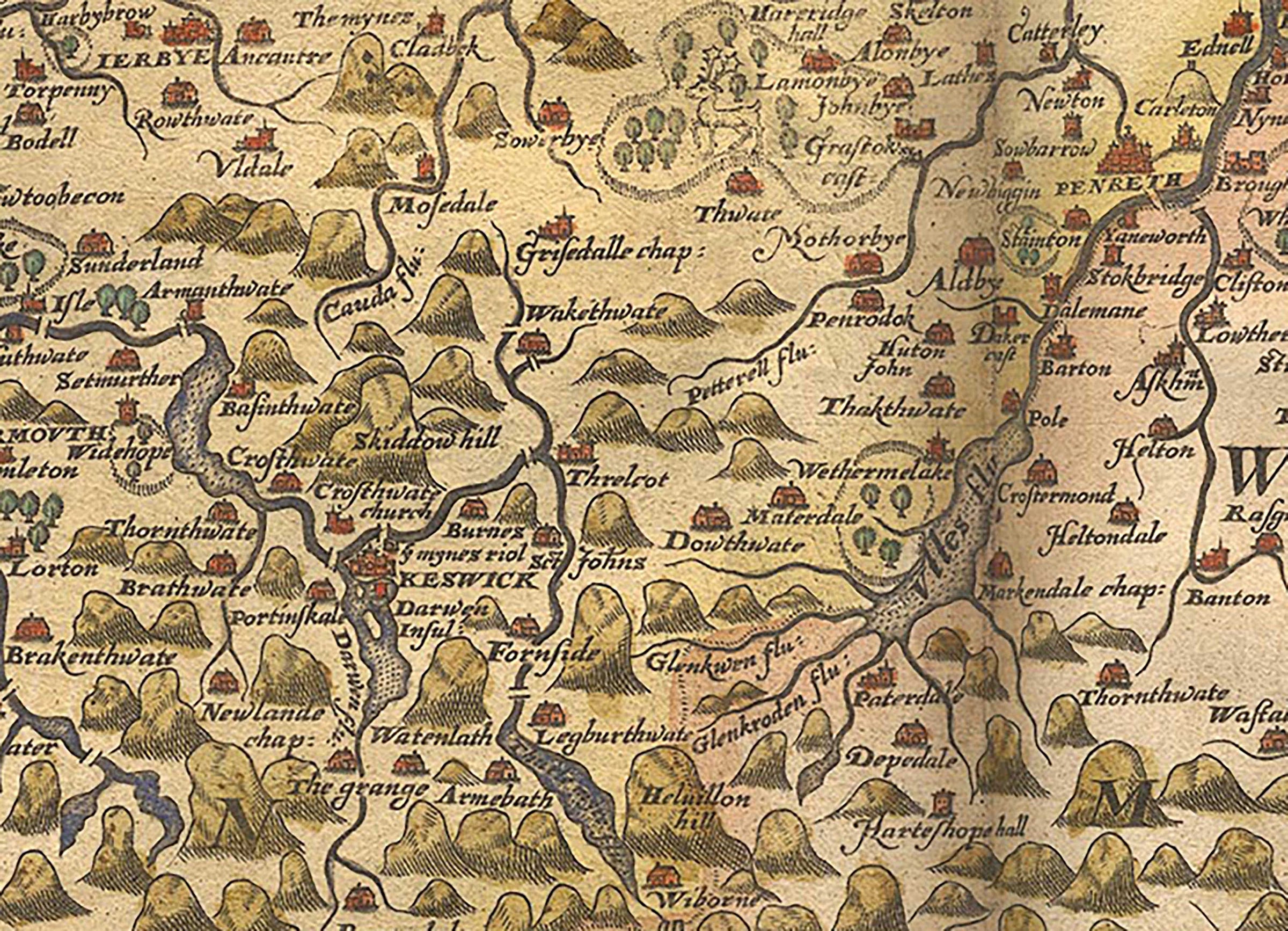
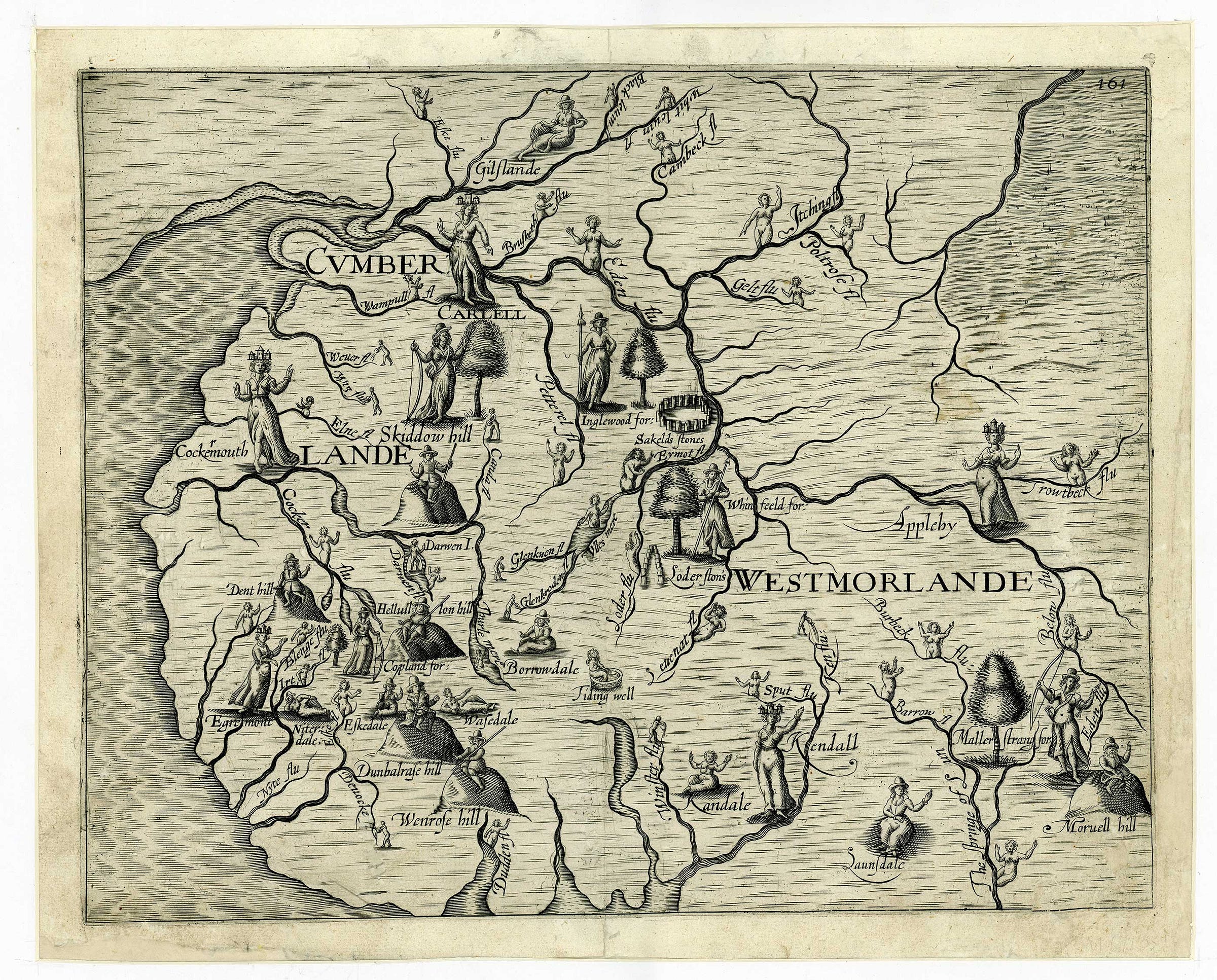
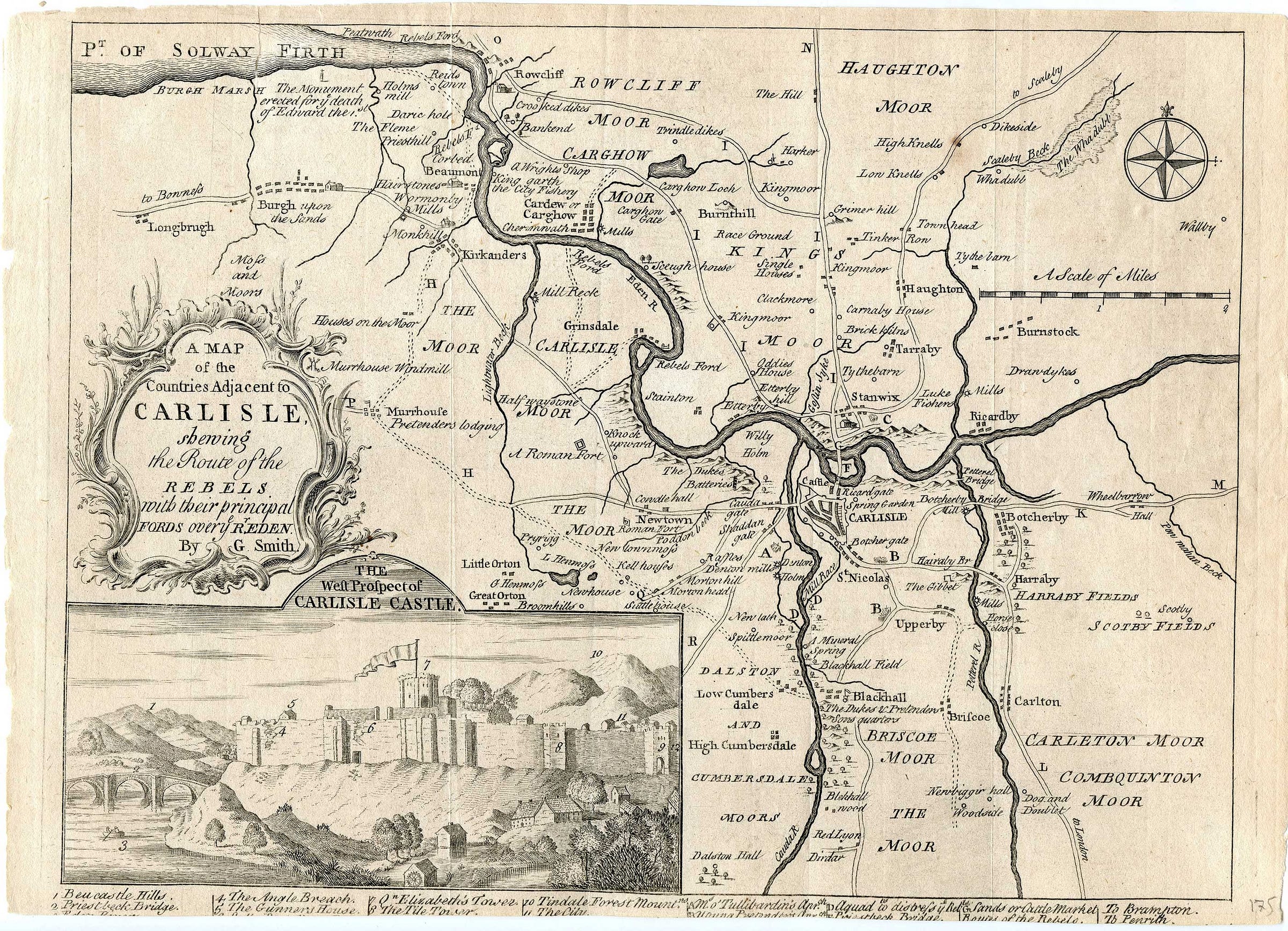
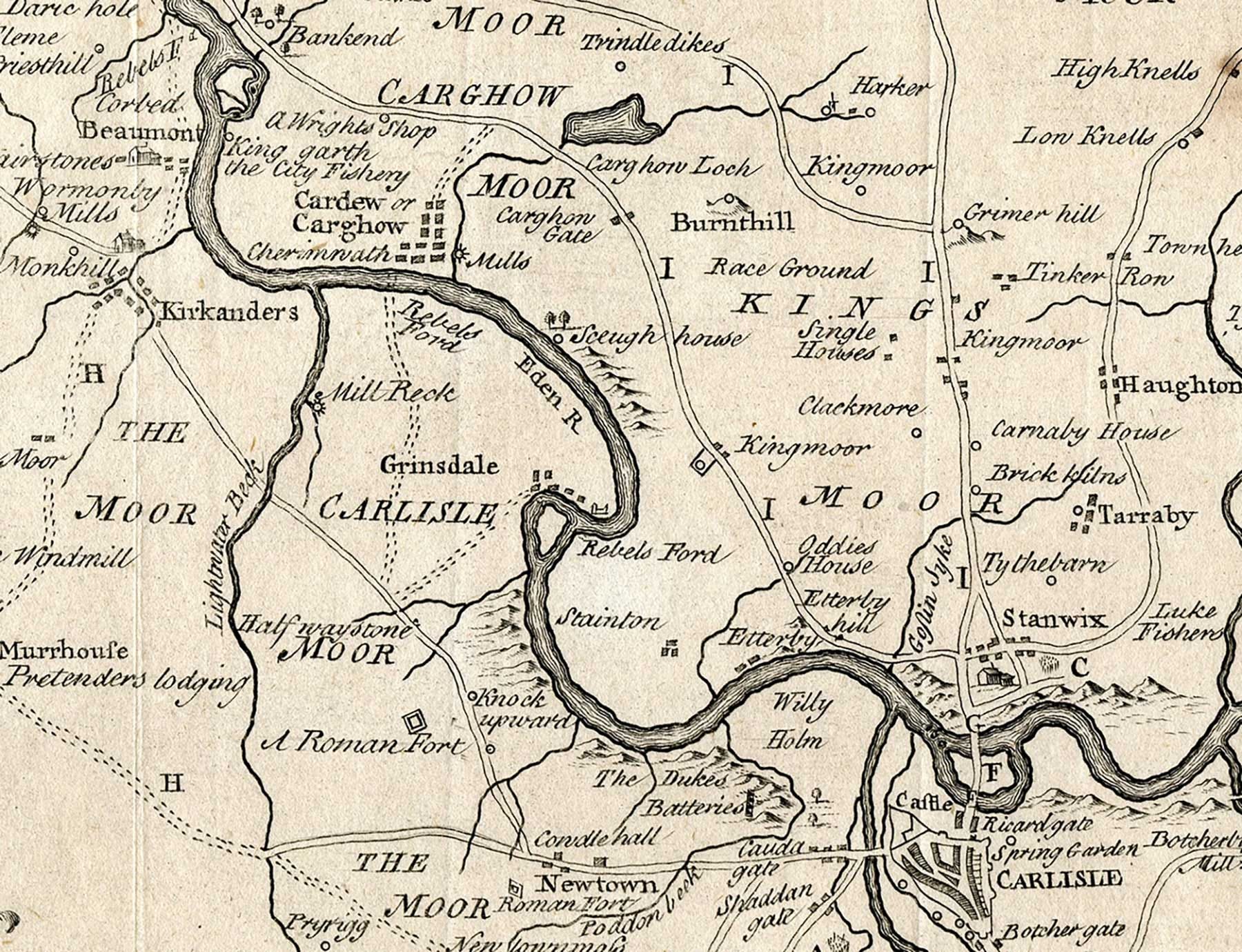
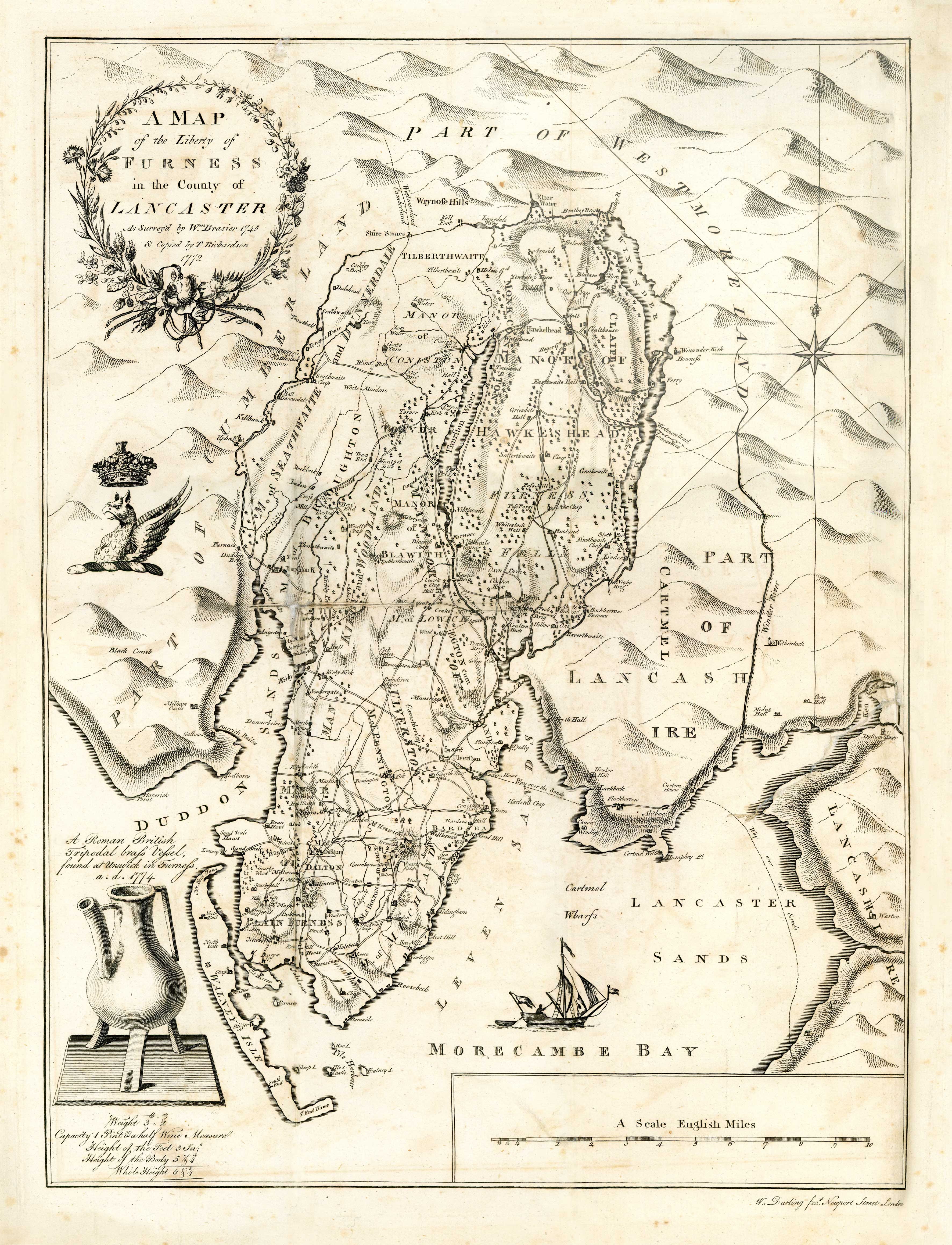
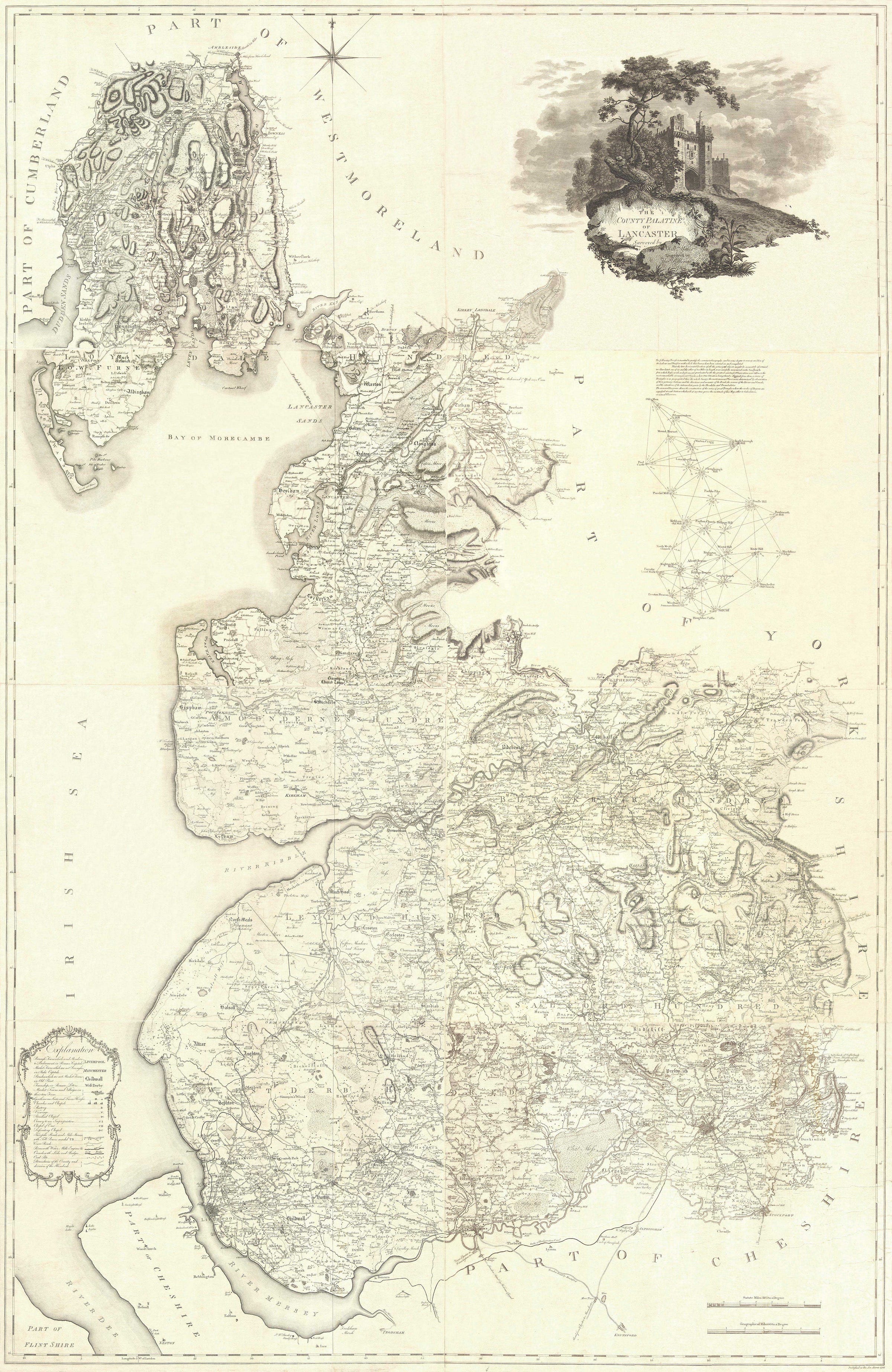
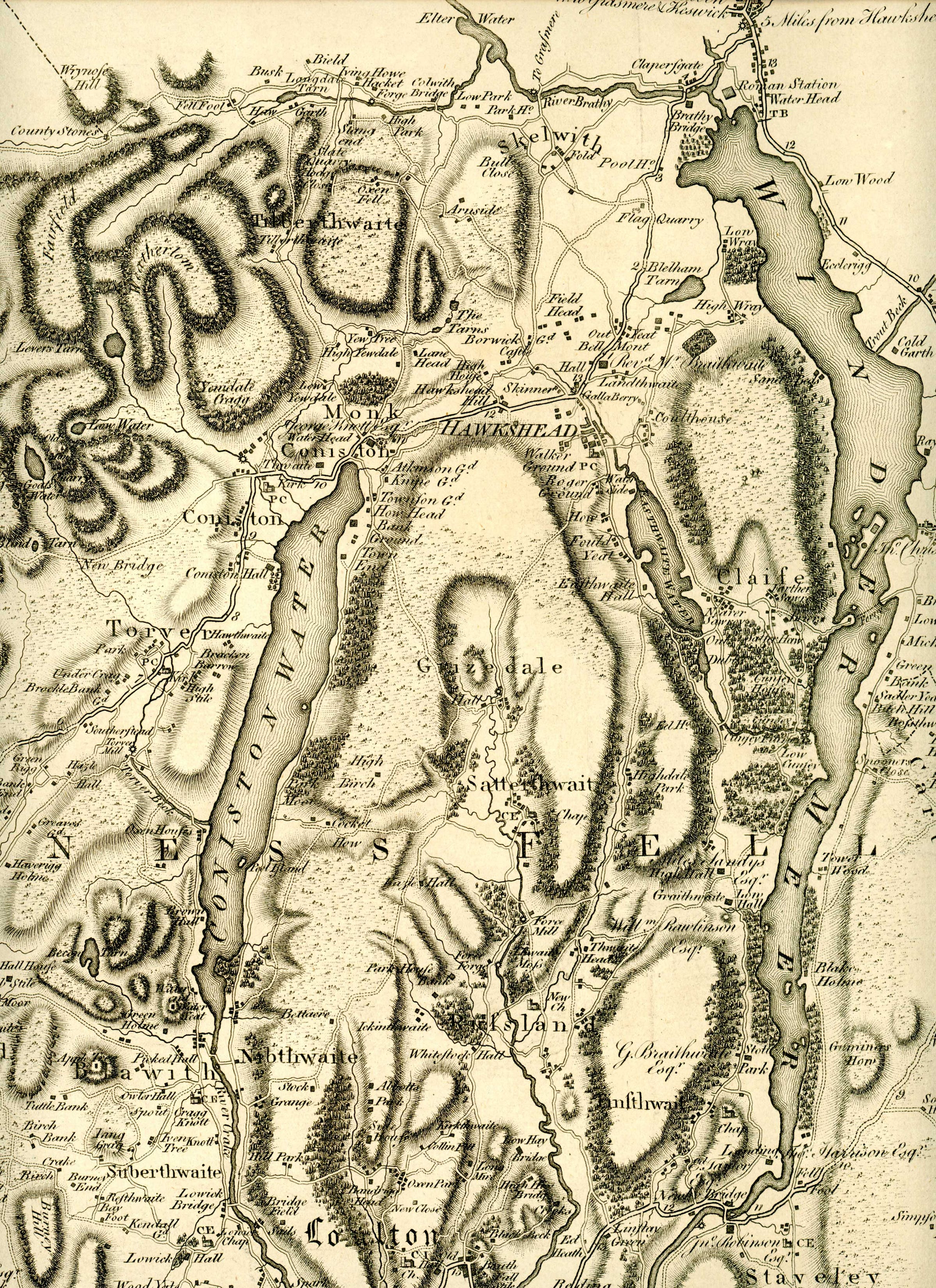
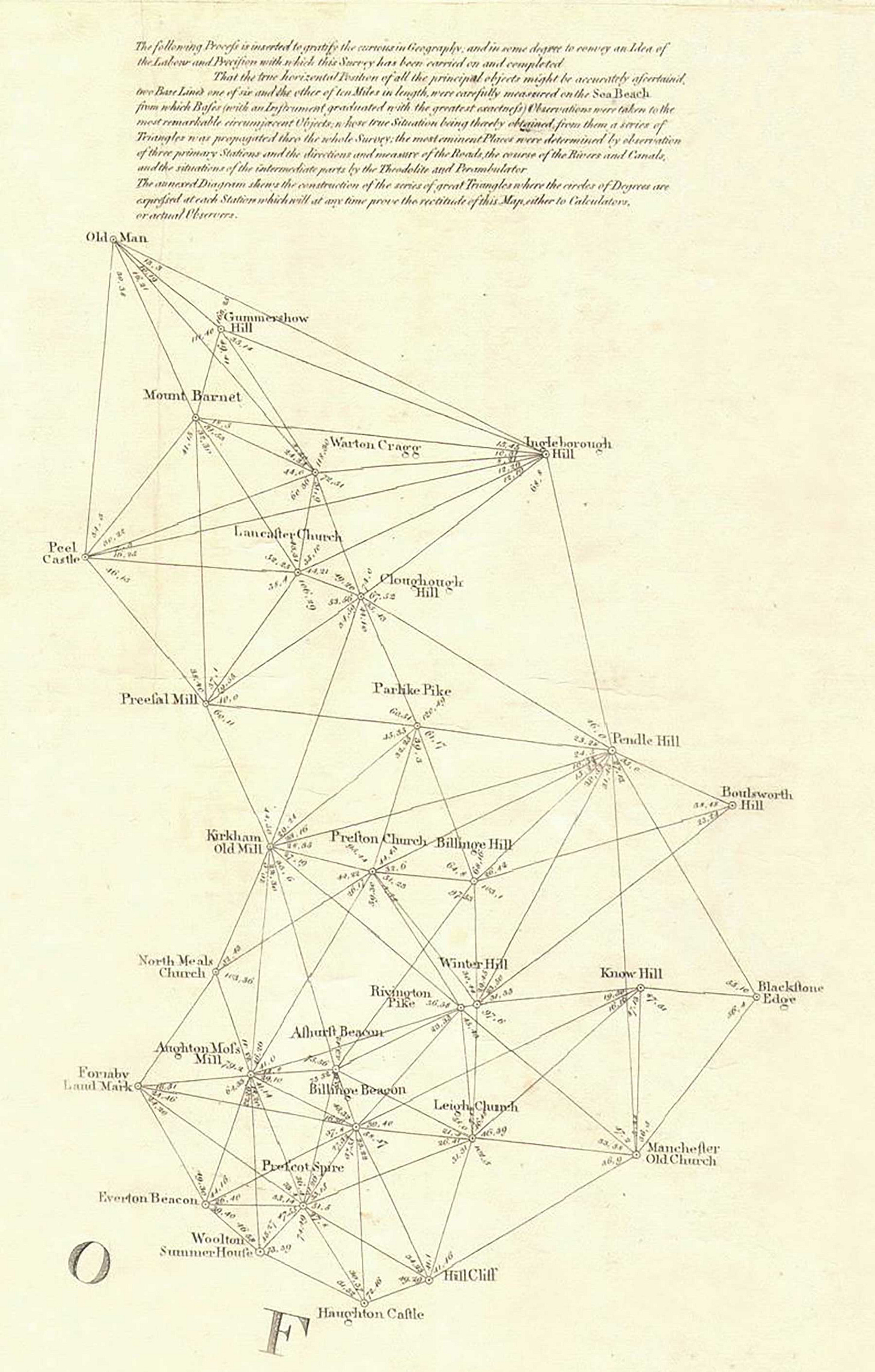
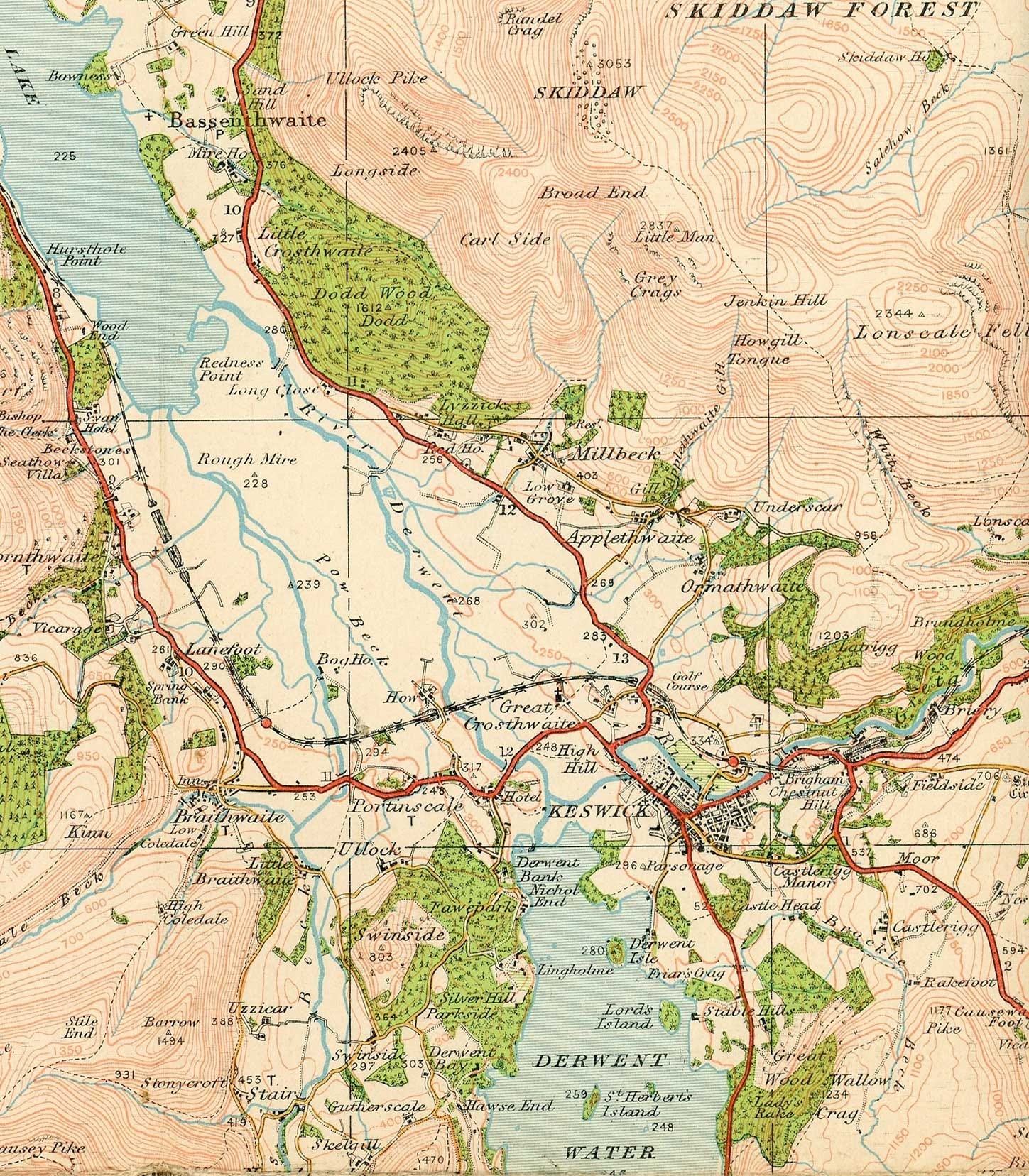
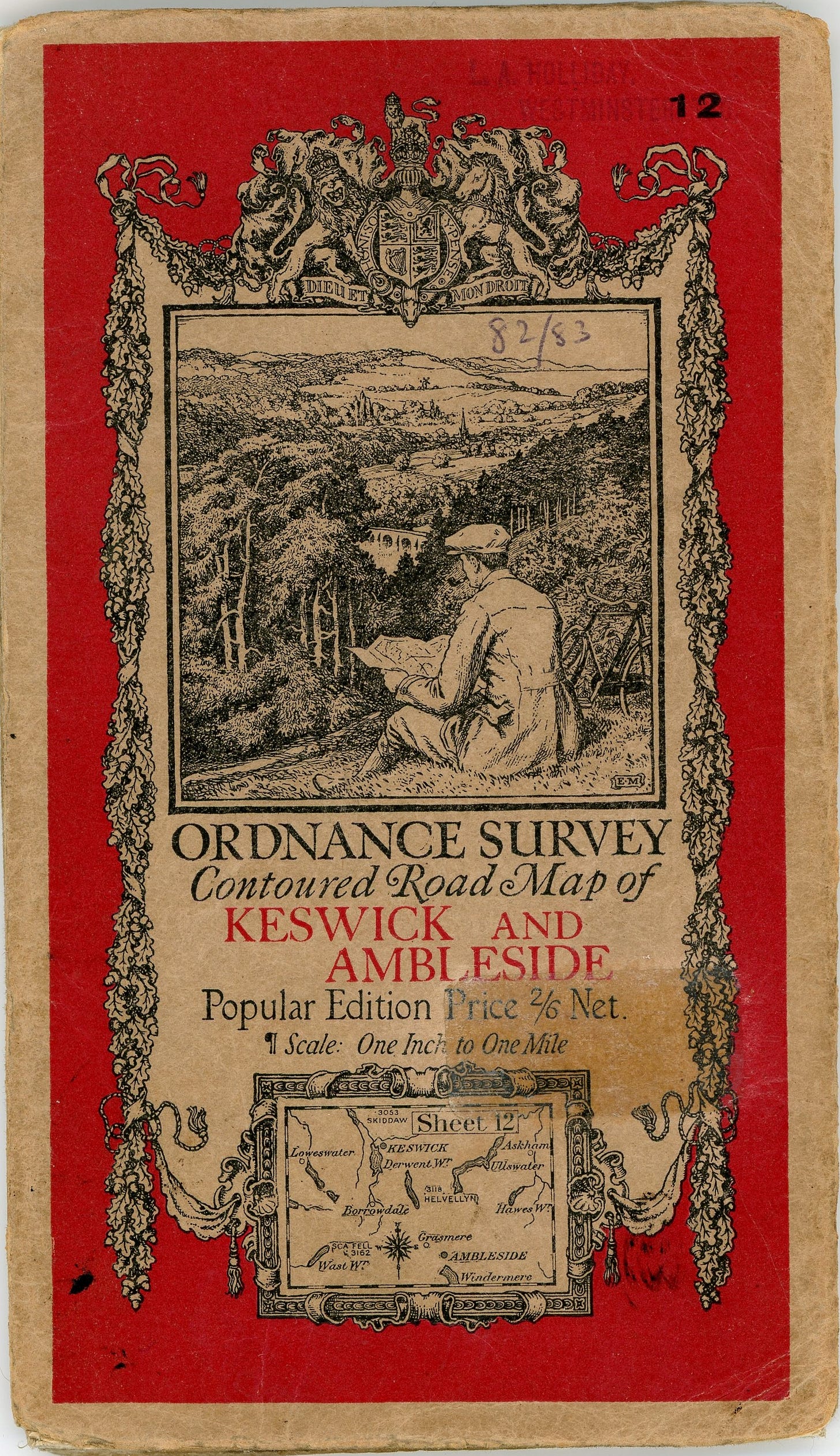
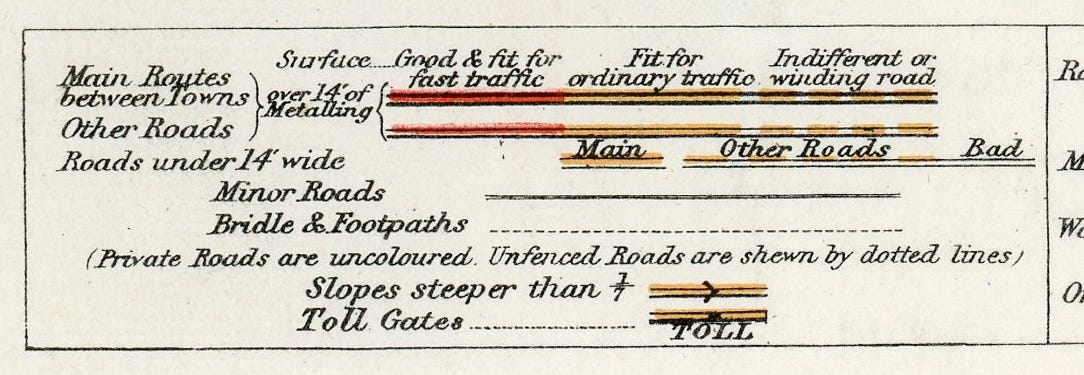
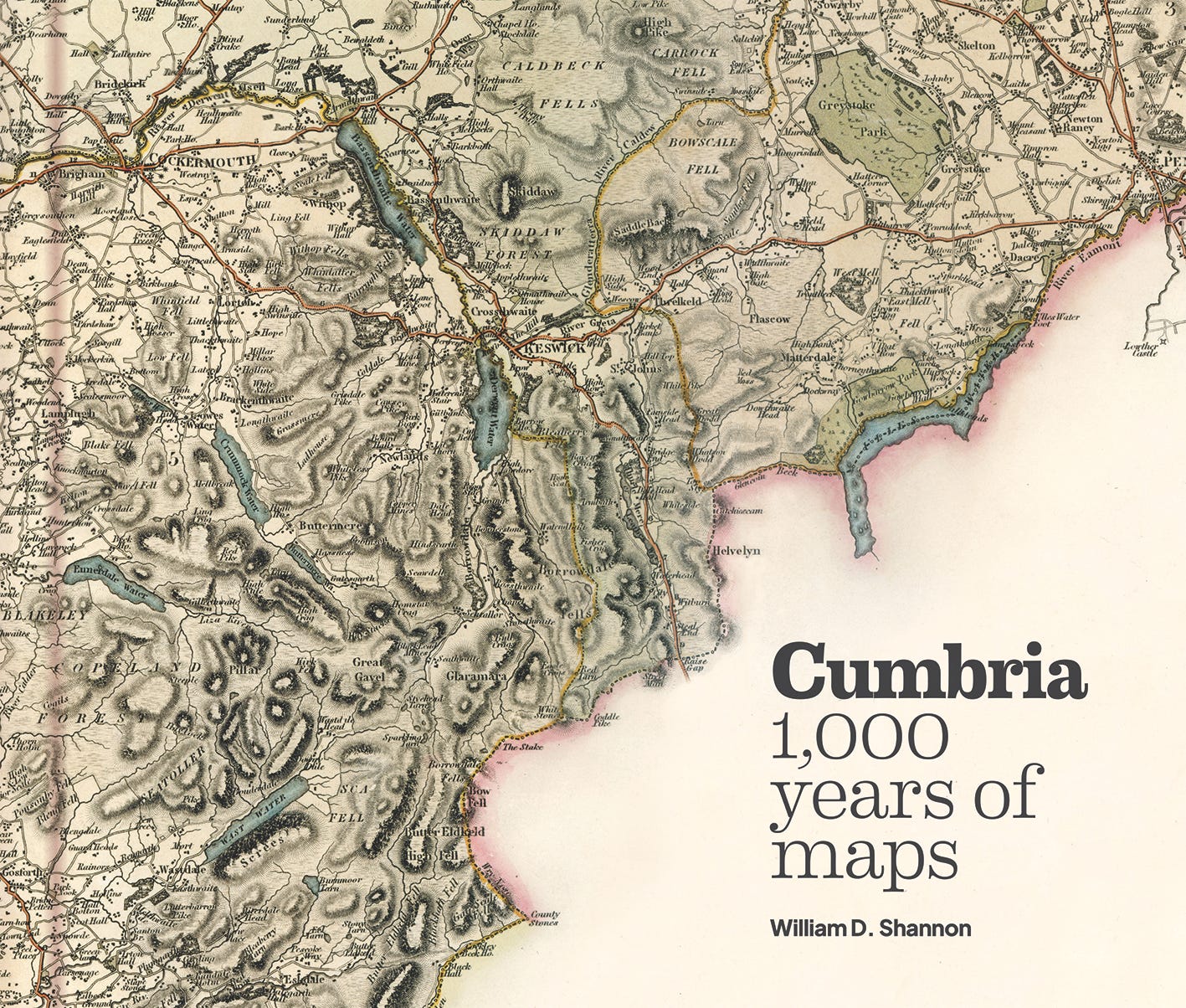
fascinating!